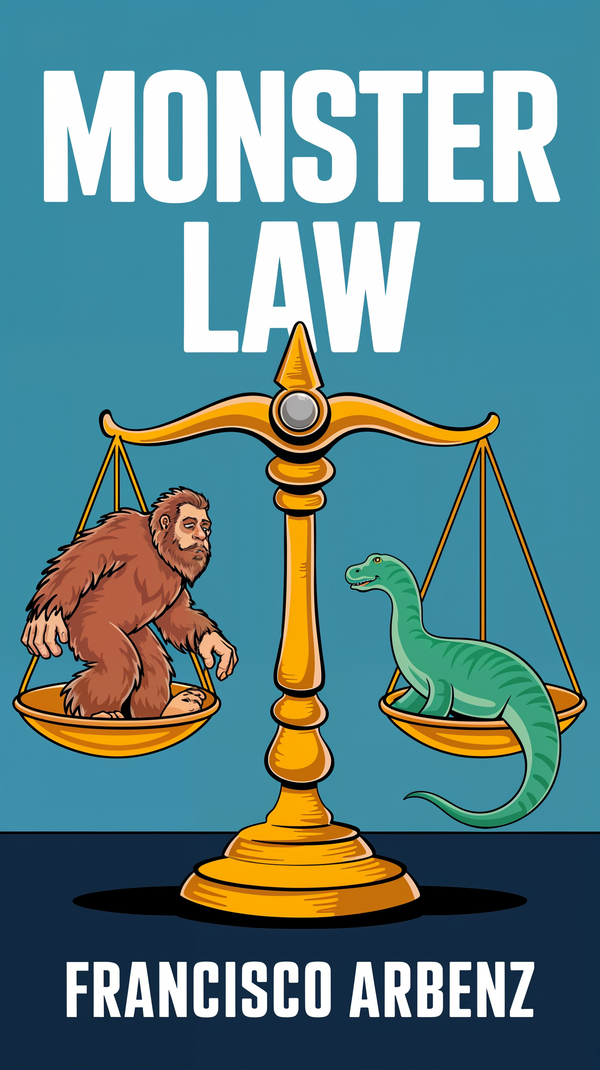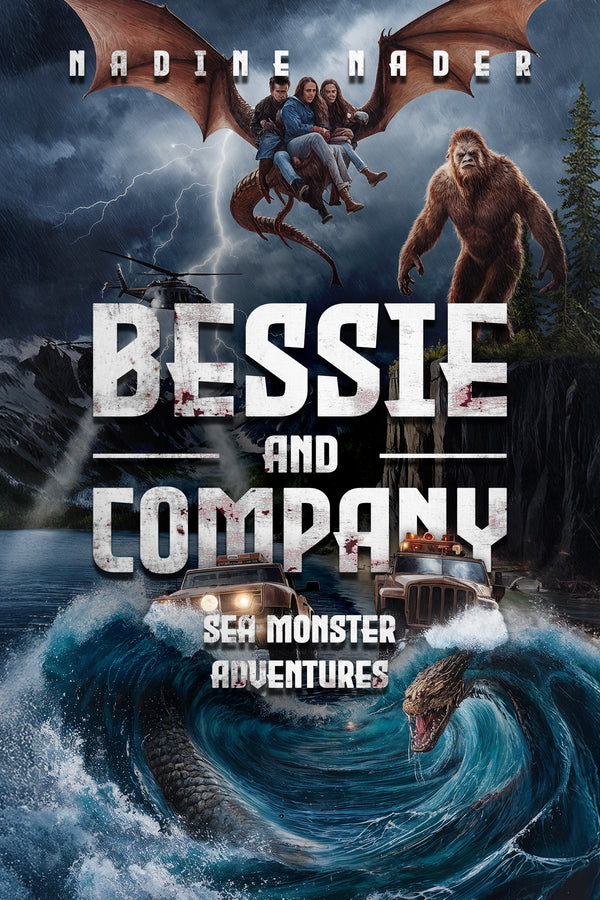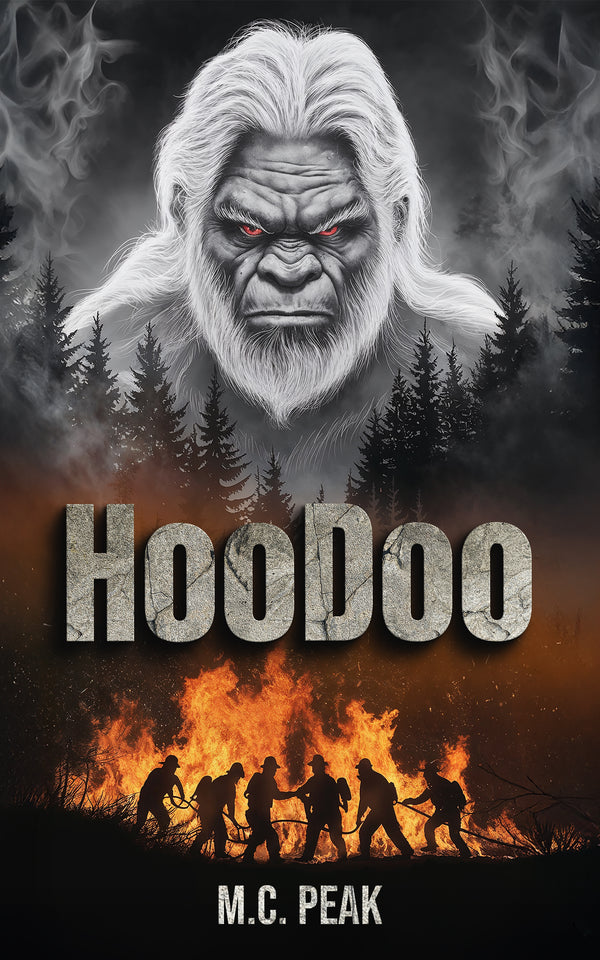Voracious Vegetation: Unraveling the Truth Behind Man-Eating Plant Myths!

Introduction
As someone fascinated by cryptids and the unexplained, few legends captivate my imagination quite like that of the man-eating plant. Who wouldn't be intrigued by the idea of a bloodthirsty vine or a monstrous flower with an appetite for human flesh? Tales of these botanical beasts have been around for centuries, blurring the line between fact and fiction. As a Bigfoot enthusiast, I'm no stranger to far-fetched stories, but I wanted to dig deeper into the roots of these plant myths and see if there was any truth to be found. What I uncovered was a fascinating journey through hoaxes, misunderstandings, and the enduring power of the human imagination. Come along as I separate the flytraps from the fakes and get to the bottom of these voracious vegetation legends!
The Madagascar Tree
My research first led me to the infamous Madagascar Tree. Reports of this man-eating plant originated in an 1874 newspaper article describing the sacrifice of a woman to a giant tree by the Mkodo tribe. The descriptive account was vivid enough to capture public intrigue, but it turns out the entire story was a creative work of fiction penned by a reporter named Edmund Spencer. The tribe, the explorer who documented the sacrifice, and of course, the demonic tree itself were all fabrications, but that didn't stop the legend from persisting for decades. Even past its debunking, the Madagascar Tree continued to inspire explorers and readers drawn to the mystery. It just goes to show the power of a compelling narrative, even in the face of facts.
Other Mythical Man-Eaters
The Madagascar Tree wasn't the only mythical man-eater lurking in the pages of colonial era literature. There was also the Ya-Te-Veo, a Central American horror described in J.W. Buel's 1889 book Sea and Land. This plant was said to have serpent-like spines that could ensnare prey, but alas, the Ya-Te-Veo turned out to be another product of imagination rather than reality. An even more chilling tale emerged in 1891 with a report of the Nicaraguan "Devil's Snare," a vine capable of draining animals and humans of their blood. Additional investigation revealed this blood-curdling plant was yet another newspaper fabrication. But the continued emergence of these stories demonstrated the public's ravenous appetite for flesh-eating flora, real or imagined.
Real Carnivorous Plants
Of course, while legends of giant man-eaters live on only in myth, the natural world does contain real carnivorous plants - they just prey on a much smaller scale. The Venus Flytrap is probably the most famous example, aptly named for its jaw-like leaf structure that snaps shut on insects lured by its nectar. Then there are Pitcher Plants, which use a pool of digestive enzymes to dissolve bugs and occasionally tiny vertebrates that tumble into their tubular leaves. Sundews ensnare their victims on sticky tentacles before digesting them. While fascinating, these species are limited to feasting on smaller fare - there's no risk of a mass human consumption! Their specialized adaptations allow them to gain nutrients in environments where soil is lacking, but a plant big enough to eat a person would face huge biological hurdles. As much as I'd love to discover a new species, even the most generous estimates of carnivorous plants top out around rat-size meals.
The Corpse Flower
In my research, I learned about one massive plant that is often associated with the man-eating legends: the Titan Arum, better known as the Corpse Flower. This Indonesian giant can grow over 9 feet tall and emits an odor of rotting flesh. While it may look and smell ominous, it isn't carnivorous at all. It uses that stench to attract pollinators, though its imposing presence has contributed to its man-eating notoriety. Again, we see how an unusual plant can spark the human imagination. The Corpse Flower demonstrates that you don't need fangs and a taste for blood to secure your place in the pantheon of monstrous botany.
Man-Eating Plants in Fiction
Of course, legends of ravenous plants didn't end in the 19th century; they've continued to inspire chilling works of fiction up to the modern day. Many will recognize Audrey II, the bloodthirsty alien plant demanding human sacrifices in the cult musical film Little Shop of Horrors. Then there's the more subtle but no less deadly orchid in H.G. Wells' 1894 story The Flowering of the Strange Orchid, which uses intoxicating scents to fatally seduce its victims. Beyond these classics, man-eating plants remain a staple of the sci-fi and horror genres, representing both a source of terror and a reflection of our own societal fears - be it of invasion, technology gone wrong, or the dark side of nature.
Could Man-Eating Plants Exist?
So could a true man-eating plant ever exist? From a scientific view, the odds seem stacked against it. As one ecologist explained to me, the energy required for a plant to physically capture and digest something as large as a human would be immense. Limited mobility, difficulties processing bones and skin, and the risk of rotting their own tissues are just some of the challenges such a creature would face. While evolution does yield surprising innovations, most experts agree the man-eating legends are rooted more in our own psyche than biological reality.
The Enduring Appeal of Man-Eating Plants
In many ways, I think the enduring appeal of these flesh-eating plant stories comes from the same place as my own Bigfoot fascination - the tantalizing possibility of something unexplained lurking just out of view. The line between myth and reality is a blurred one, and these legends allow us to momentarily bridge that gap by imagining a world where the impossible becomes conceivable. Of course, I won't be abandoning my search for Sasquatch anytime soon, but I've gained a new appreciation for man-eating plant lore as a unique intersection of nature, science and the creative impulse. Whether it's to frighten children away from peril or simply indulge our curiosity about the unknown, these voracious tales continue to fill an important niche in our cultural imagination.
Conclusion
So while I may not be any closer to finding an actual man-eating plant, I feel this journey through the roots of their myths has been a fruitful one. It's allowed me to cultivate a richer understanding of our world by exploring the divide between facts and folklore. The next time I hear an ominous rustling in the underbrush, I'll greet it with inquisitive analysis rather than credulous alarm. And if I do ever stumble upon a genuine botanical beast, I'll be sure to document it responsibly before becoming plant food myself! Until then, I'll continue watering my enthusiasm for discovery while keeping my feet firmly rooted in reality. The truth may be out there, but it often requires patience and care to let it bloom.
























